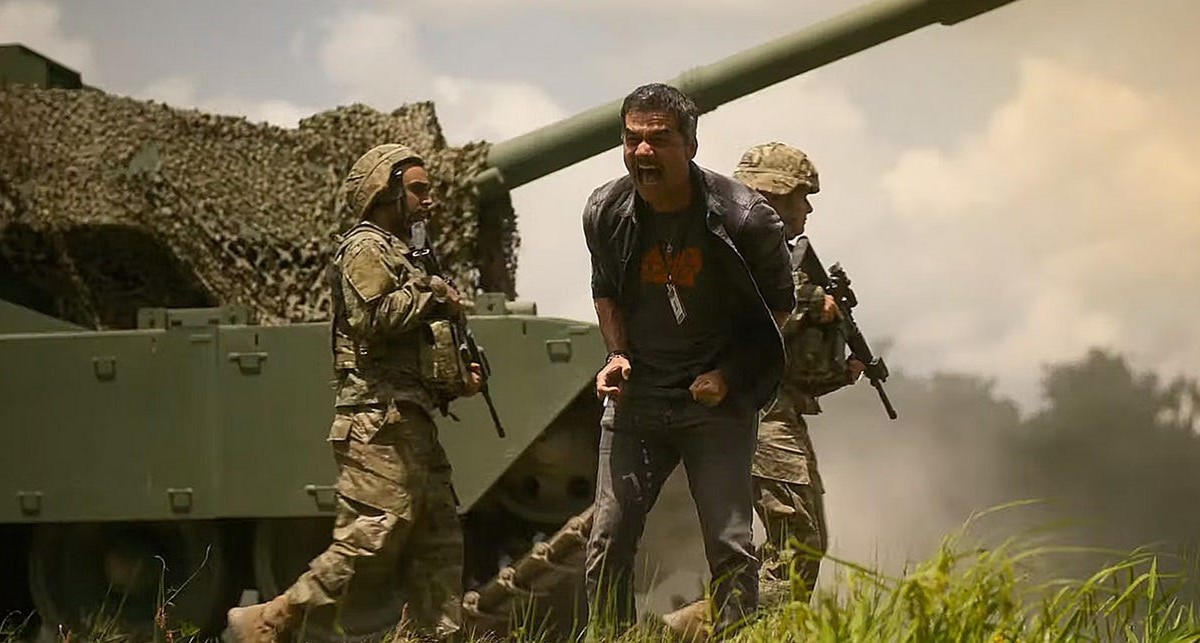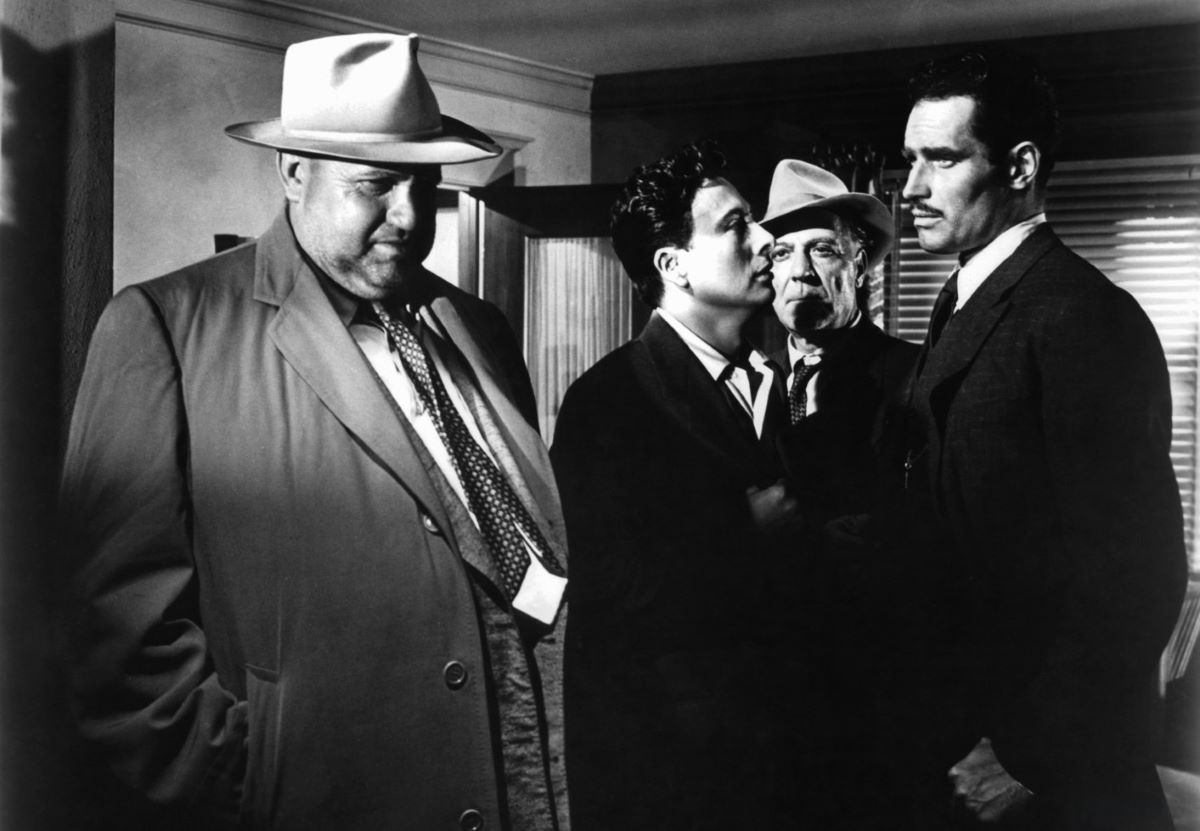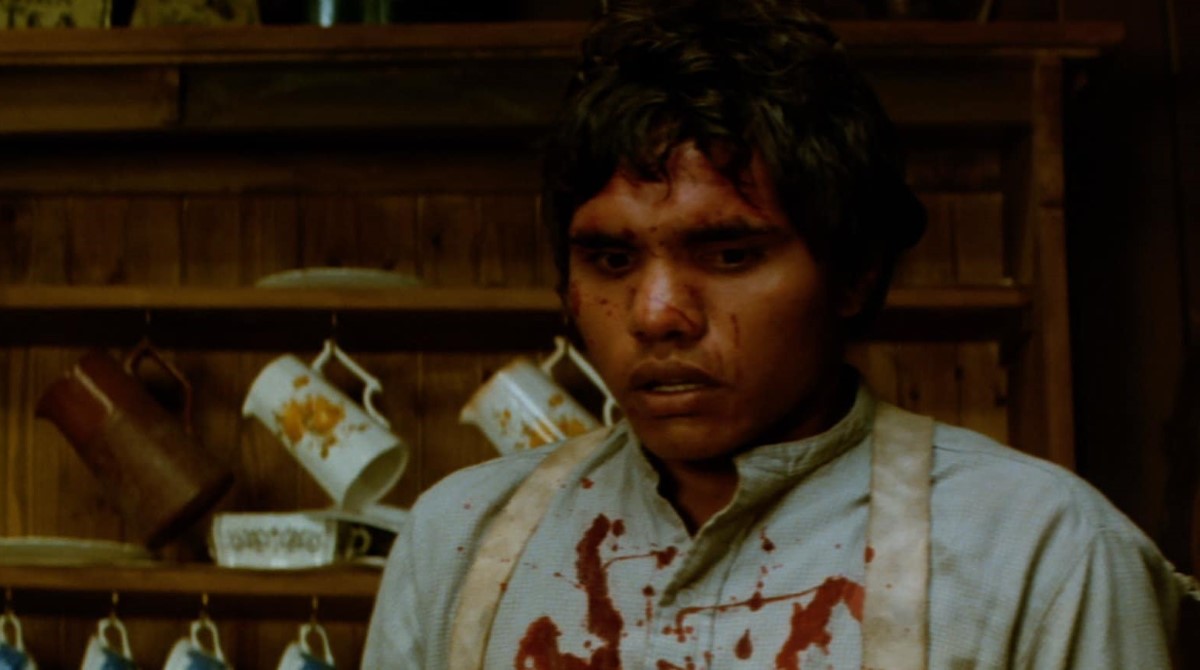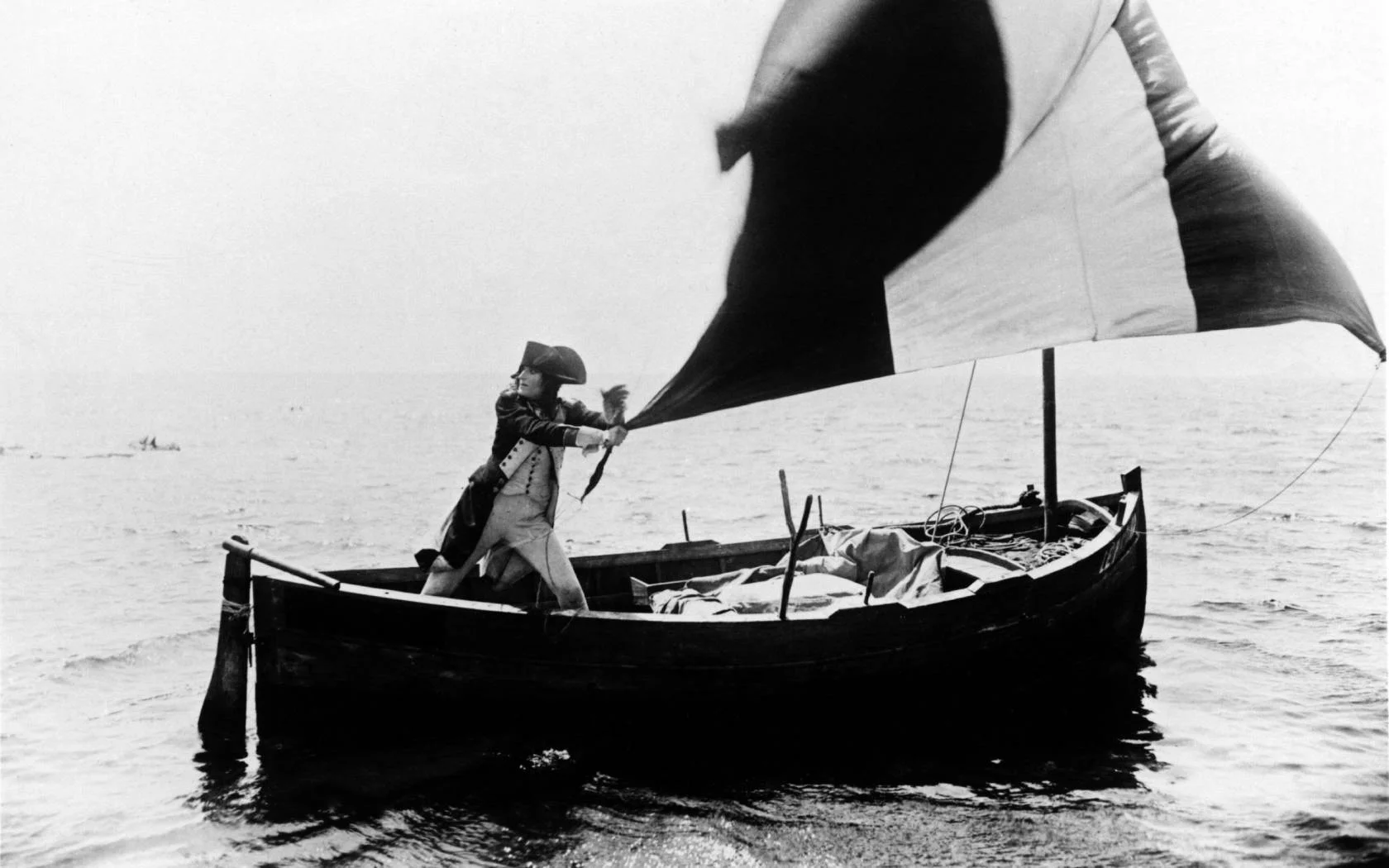Civil War (2024)
Directed by Alex Garland
In a not-too-distant future, the United States is embroiled in a dramatic internal conflict. A new civil war between the federal government of a totalitarian president and groups of rebel states is fought across the country. In a tragic and extremely dangerous scenario, some photojournalists and war correspondents, led by the experienced and disillusioned Lee, set out from New York to Washington to interview the president.
The timing of Alex Garland‘s Civil War hitting theaters, just a few months before the American elections, is at the very least suspicious. This is especially true considering that the film opens with the President of the United States (Nick Offerman), resembling a hyper-tanned mask covered in a thick layer of foundation much like Donald Trump, delivering a speech to the nation filled with platitudes and lies. Not to mention that the genesis of the project dates back to 2018, in the midst of the first term of the billionaire businessman, who promoted a specific political agenda which—according to Noam Chomsky—aimed to “reach the brink of the abyss as quickly as possible.”
And from the brink of the abyss, the United States has indeed plunged in Civil War. In fact, a second civil war is bleeding the country from East to West. Its reasons are unknown, but its consequences are clear. To Garland, of course, its allegorical nature is what matters, and so he establishes a rather clear pact with the audience right from the start: the civil war is a synecdoche of a universal state of conflict. From the very first images, the film shows its literally superficial nature: everything is inscribed on the surface of the visible (“my film is very clear,” the British director stated emphatically to GQ UK), there are no hidden meanings but only a dialectical negotiation of different viewpoints. The references and quotes (too long to cite), the hybridization of genres (the social science fiction, the road movie, the war film in the variant of urban guerrilla warfare, not forgetting of course the nods to the western), the symbolic nature of the setting in a future so near that it looks exactly like the present are evident.
Yet, the war being fought between an oppressive, despotic, quasi-fascist government and more or less organized rebel armies is not the only war in the film. And, at the bottom, not even the most important one. Because there is a battle being fought on another, even broader and more unfathomable field: that of images. The protagonist Lee Smith (Kirsten Dunst) is indeed a war reporter who, together with the very young and inexperienced colleague Jessie (Cailee Spaney) and the more seasoned Joel (Wagner Moura) and Sammy (Stephen McKinley Henderson), embarks on a journey from New York to Washington with the goal of interviewing and photographing the President.
Here too, Garland is so direct as to make the job of any reviewer easy. He has Kirsten Dunst deliver the key line, which paraphrased sounds more or less like this: “We are journalists, we must record everything to inform public opinion and therefore we cannot back down from anything, including murders and massacres.” And, punctually, the viewer is provided, step by step, with a plethora of examples, while Lee and the increasingly less naive Jessie progressively approach the mysterium tremendum, the ultimate figurative taboo, namely the possibility of capturing the exact moment of transition between life and death.
As mentioned, Garland is particularly interested in the dialectical polarization that arises from the perfect transparency of the narrative. The experts and novices, the words (Joel and Sammy) and images (Lee and Jessie), digital photography (Lee) and analog photography (Jessie, who uses an old 35mm Nikon), documentation and propaganda, cynicism and idealistic missionarism, the province and the metropolis, drama and irony (the alliance between Texas and California), denial (the small town where everyone lives as if nothing had happened) and extremist madness (the fanatical military man played by Jesse Plemons, not mentioned in the credits): everything is present, measured with a jeweler’s scale, assessed with too much precision.
But if the narrative plane is purely objective (often reduplicated by the incorporeal gaze of the camera), the dialogue that is established with the viewer is arranged on a completely subjective level (is it a coincidence that the film opens with an out-of-focus shot?), because faced with all the opposing polarities presented, everyone is necessarily invited to place themselves in the middle. A potentially winning idea, but with an insurmountable problem. Because Garland seems to forget the existence of a phantasmatic instance that regulates representation and cannot be overlooked if one reflects on the nature and meaning of images. And it is, obviously, that of cinema (too easy to evoke Chris Marker and Godard’s Camera-Eye), which always creates an imperfect copy of the sensible world and calls for a mediated interpretation of reality not only by the viewer but also by the author. Because any reasoning conducted through images also imposes choosing a lens, applying a diaphragm, a filter that goes well beyond the flat phenomenological account to which Garland seems to want to abdicate too easily.
Alberto Libera
Cineforum, April 19, 2024





